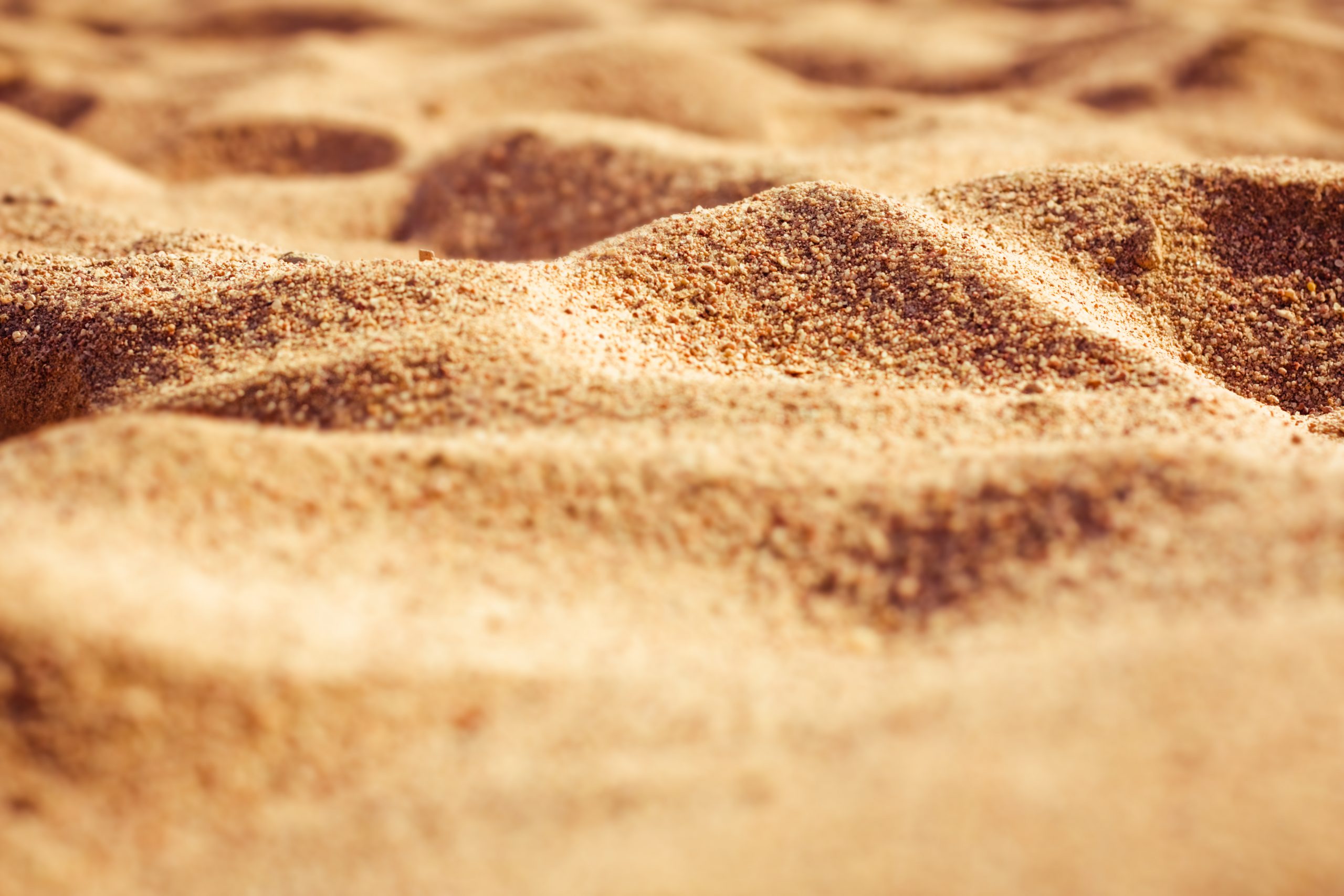The research shows how therapy using porous silica particles can stop fats and carbohydrates from being adsorbed in the body.
The engineered particles made from purified sand are designed with a high surface area to soak up large amounts of fats, sugars, and digestive enzymes in the gastrointestinal tract. The silica-based therapy will have fewer side effects than Orlistat, the mainstream anti-obesity drug, and could significantly help the many people who struggle with obesity around the world.
According to the AIHW, 67% of adults in Australia, about 12.5 million people, along with 25% of children are considered overweight or obese.
“Obesity is a global issue that affects more than 1.9 billion people worldwide,” said lead researcher Dr Paul Joyce.
“Despite this, there is a current lack of effective therapies that are free from adverse effects – such as diarrhoea, bloating and abdominal pain – which often deters people from starting a treatment.

“Our research shows how porous silica promotes an anti-obesity effect by functioning locally in the gut to restrict fat and carbohydrate digestion and absorption.
“Importantly, the gentle mechanism is expected to deliver clinically effective outcomes for weight loss, without adverse effects.”
The study created simulated conditions mimicking the gastrointestinal environment during digestion of a high-fat, high-carbohydrate meal to look at multiple silica samples. The researchers were able to find the parameters that are ideal for the porous silica to fight obesity.
Dr Joyce called this a “massive step” to tackle the health condition and said the next steps from here is to validate the findings with animal models of obesity.






